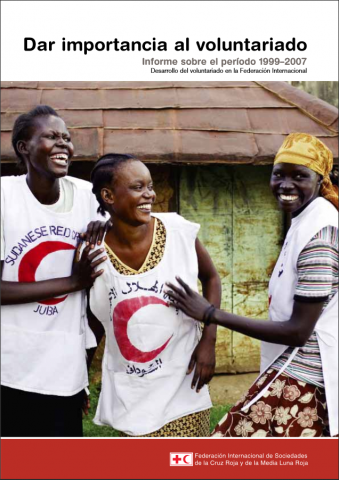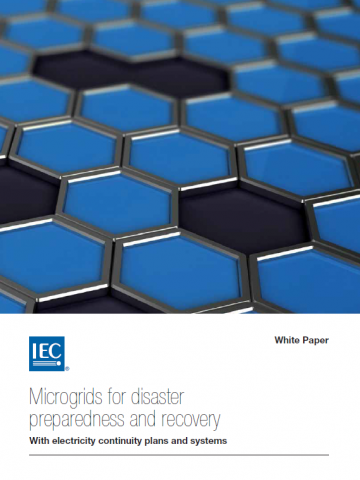Microgrids for disaster preparedness and recovery


In response to […] recent large-scale power outages, the IEC commissioned the present White Paper with a view to examining how best to maintain local electricity supplies after a large-scale blackout. This White Paper considers the complex challenges involved in preparing for, and recovering from, major electricity outages, with particular focus on the “customer side” of the electricity system taken from experiences of the 2011 earthquake in Japan.
The first part of this White Paper considers nontechnical issues, with reference to large unknown solutions between disasters and electric facilities; in particular, the challenge of classifying disasters and a facility’s preparedness for major outside electricity and a facility’s ability to cope with various magnitudes of power loss. Likewise the concept of an ECS and ECP are introduced as a critical precursor to ensuring a facility is best prepared to manage electricity outages.
Based on real experience, examples are given throughout the White Paper of best-practice methods for:
- Planning and assessing a facility’s response to major disasters, and
- Recovering from disasters
- The use of new technologies such as microgrids to improve the resilience of electricity supply
The White Paper’s principal focus is on one of the most recent major developments facing the electrical power industry: the concept of the “microgrid”. Whilst often viewed as a means for encouraging the uptake of renewable energy or for managing peak demand challenges on the broader electricity system, microgrids have particular characteristics that can help with disaster preparedness and recovery, and these are explored throughout this White Paper.
– IEC, 2014
